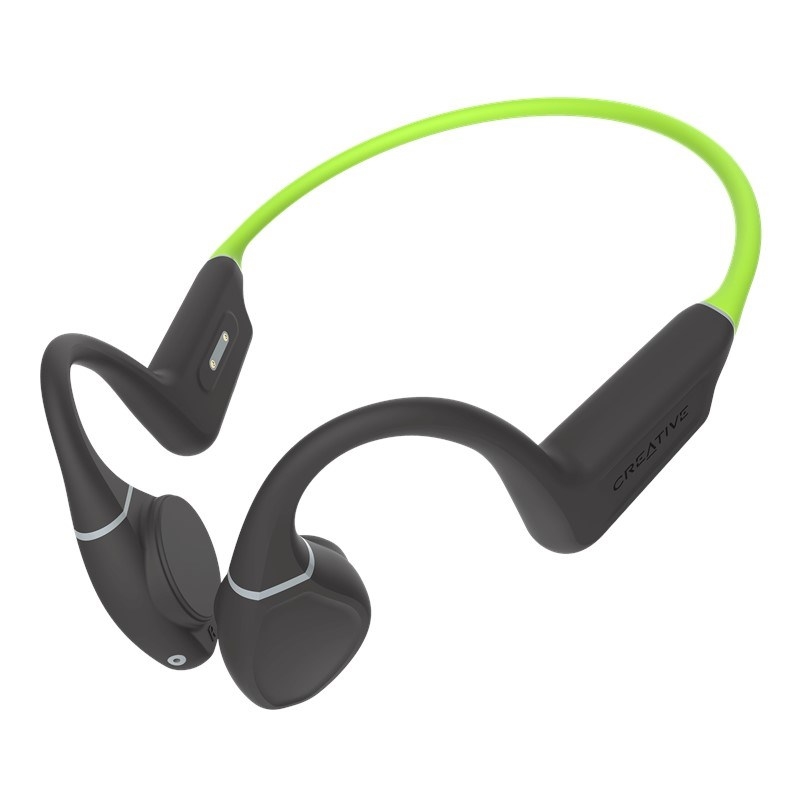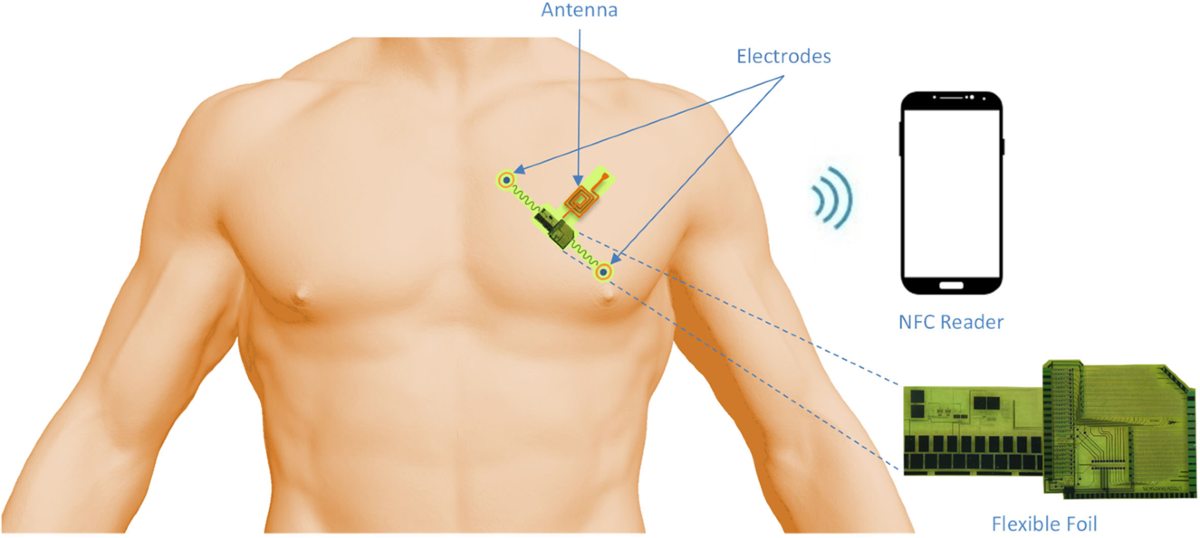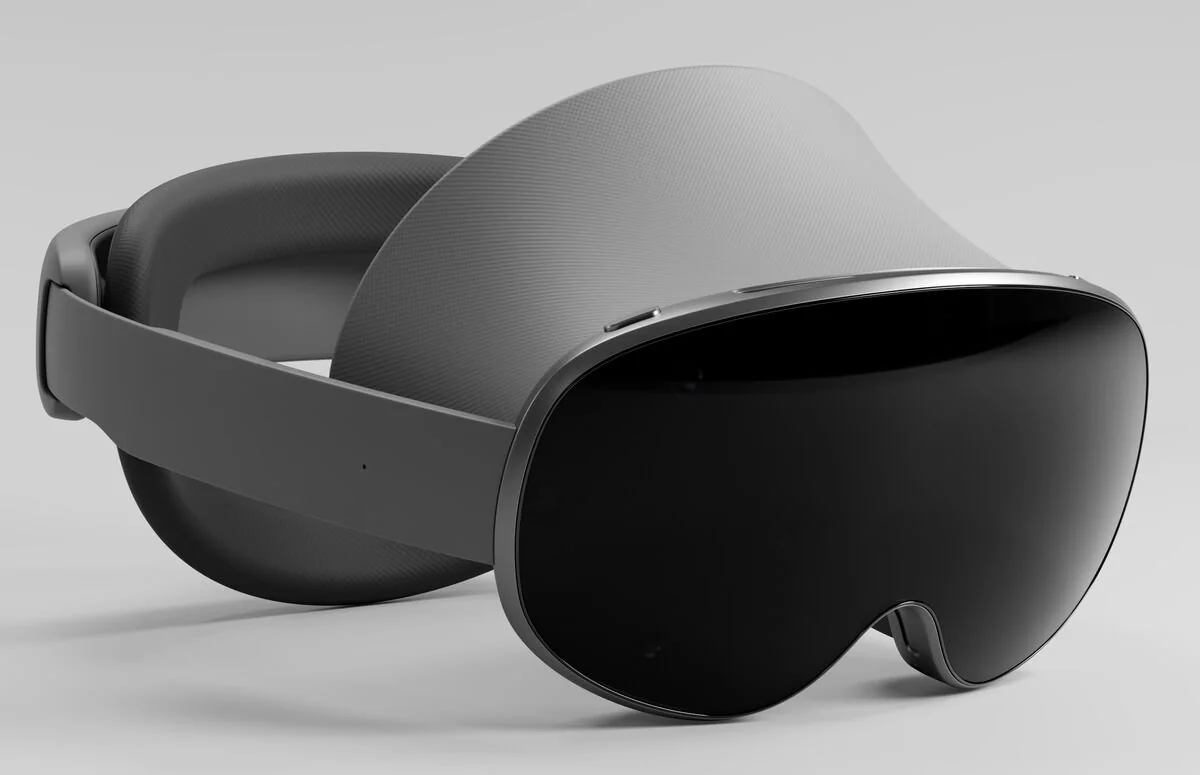Overview
Global wearable device shipments reached about 310 million units recently, a 16.7% increase over the prior period, indicating a large market. With consumption upgrades and the wider adoption of AI, VR, AR and related technologies, wearables have evolved from single-function devices to multifunctional products that are more portable and practical. Smart wearables have many potential applications in healthcare, navigation, social networks, business, and media, and can change daily life through use in different scenarios.
Device Categories and Key Features
Current wearable products take many forms, including smart glasses, smartwatches, fitness bands, brain-control interfaces, health wearables, motion-control devices, and item trackers. Hot application areas include healthcare, information entertainment, and sports and fitness. Core product functions include connectivity (NFC, Wi?Fi, Bluetooth, wireless), human-machine interfaces (voice, motion sensing), and sensing (bone conduction, face recognition, geolocation, and various sensors).
Smart wearables such as smartwatches, fitness bands, and 3D glasses are prominent. Smartwatches in particular integrate intelligent operating systems and smartphone features to provide multi-function connectivity, syncing calls, messages, email, photos, and music. These systems combine modern communications, information technology, networking, industry-specific technologies, and intelligent control methods. As market demand for smartwatches and other wearables grows, related fields such as sensors, fiber-optic communications, and touch panels stand to benefit, and demand for specialty metals such as indium, germanium, and gallium may increase.
Wearables have strong growth potential. Technological iteration and commercial possibilities are expanding device capabilities from activity tracking to notifications, gaming, online education, and broader internet access. Mature wireless technologies such as Wi?Fi, Bluetooth, NFC, and GPS, together with efficient wireless design, have reduced processing and power requirements for many devices. Analysts expect smartwatches, activity bands, and wearable medical devices to account for a large share of the market, while smart glasses and smart clothing are also showing growth.
Development Trends
The goal of wearable computing is to explore new forms of human-machine interaction, providing personalized services via devices worn on the body. As mobile internet technology advances and core hardware technologies for wearables—such as low-power chips and flexible circuit boards—mature, some concepts are moving toward commercialization and new wearable products continue to appear.
1. Smart glasses will become more intelligent and stylish
Google Glass attracted social backlash, but its role in advancing the smart-glasses trend is significant. Despite setbacks for that product, other manufacturers have continued development. Companies such as Sony and Vuzix, among others, have released or are developing smart-glass devices. While early devices were not always aesthetically refined, smart glasses are becoming more acceptable in appearance. Some models are paired with fashionable frames designed by mainstream designers such as Diane von Furstenberg. Products like Jins Meme appear similar to ordinary eyewear while integrating technology such as alertness monitoring to help prevent dozing off while driving.
2. More technology companies will develop smart jewelry
After the wearable trend emerged, crowdfunding platforms saw many smart-jewelry projects. Projects such as Ringly, Mota SmartRing, and Cuff reached funding goals, indicating demand among female consumers for smaller, jewelry-like devices rather than bulky smartwatches. Intel entered the wearable sector with the MICA smart bracelet, which combined functionality with decorative materials. Major tech brands and smaller startups alike are likely to continue developing smart jewelry, expanding offerings aimed at fashion-conscious users.
3. Clothing will embed more sensors
Smart clothing is no longer just a concept. Companies such as OMsignal, HexoSkin, and Sensoria continue to develop smart shirts, sports bras, and other sensor-enabled garments, and more vendors are entering the field. 3D-printed garments have appeared, and fashion brands like Ralph Lauren Polo and Victoria's Secret have showcased smart apparel. Examples include garments with embedded LEDs, dresses that change color with the wearer's mood, fiber-optic clothing, and garments that can detect humidity changes before rainfall. While early high-tech fashion may seem unconventional, smart clothing is growing and is expected to become both more attractive and more practical.
4. Users will gain deeper insight into their bodies
Early fitness bands were limited in accuracy for step counting, but many high-end bands now aim for greater precision. Athletes and coaches at elite levels use wearable trackers to improve performance, driven by improved algorithms, better sensors, and integrated heart-rate monitoring. At the same time, low-cost bands are becoming more affordable, enabling more people to monitor their health status continuously.
5. Fashion shows will feature models wearing real wearable devices
The target user base for many wearables has historically skewed male, and many devices have been positioned as unisex. That is changing. Since the launch of products like the Apple Watch, wearables have appeared in fashion contexts such as runway shows and fashion magazines. Competitors like LG, Samsung, and Asus are likely to respond with more visually appealing devices, including models specifically designed for female consumers.
Looking ahead, as AI, VR, and AR technologies continue to mature and spread, wearables are likely to become important nodes in distributed intelligent systems.
 ALLPCB
ALLPCB








